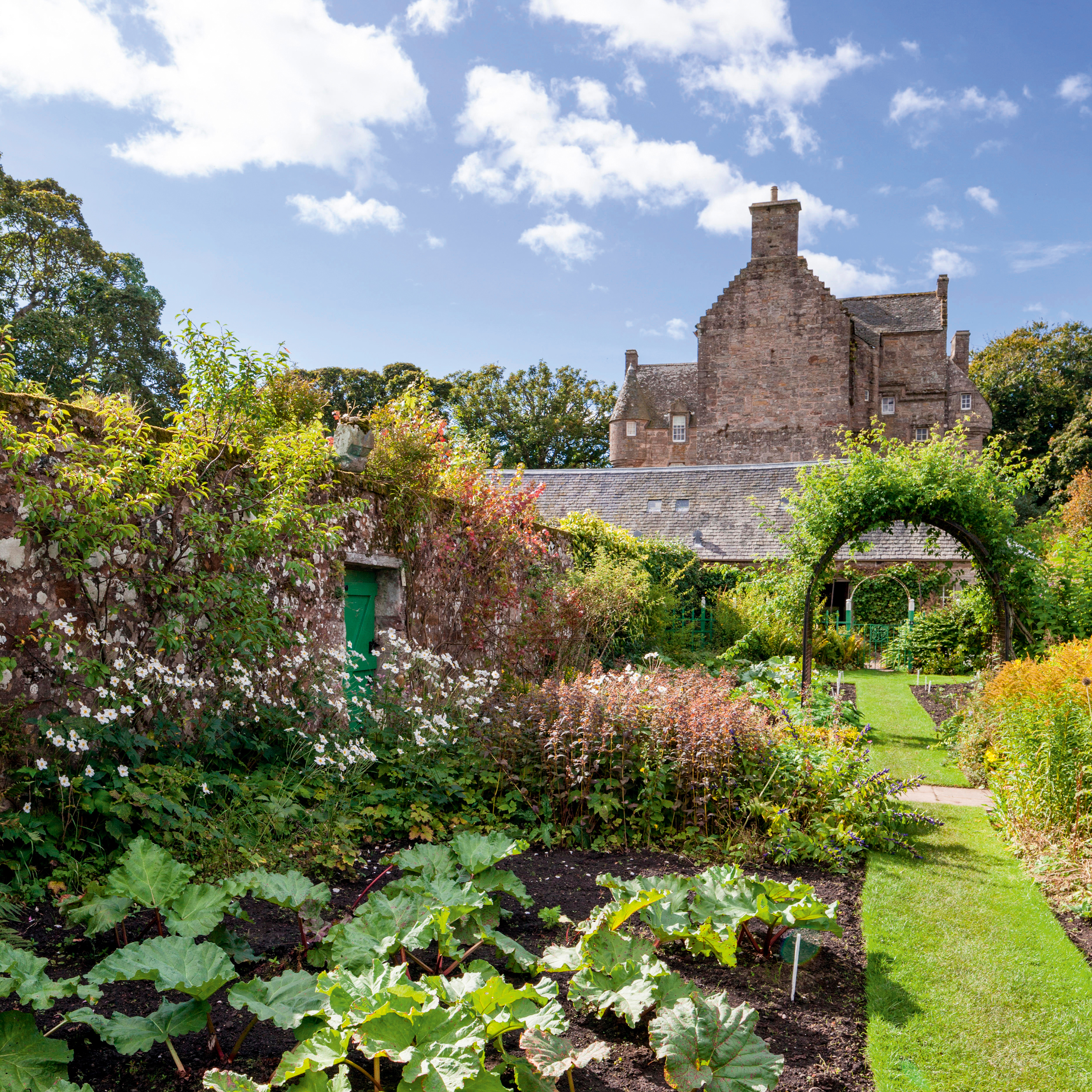Alan Titchmarsh: 'It’s all too easy to become swamped by the ‘to-do’ list, but give yourself a little time to savour the moment'
Easter is a turning point in the calendar, says Alan Titchmarsh, a 'clarion call' to 'get out there and sow and plant'.


Last week’s celebrations got me thinking how Easter is a special time in the garden, regardless of one’s religious affiliations. Nowhere is the power of resurrection felt more acutely than on a patch of earth where new shoots shrug off their winter dormancy and burst into life. The sap rises in humans, as well as in plants, and even those who garden only seasonally — from April to September — are overtaken by that feeling of sublime restlessness. It is a sensation neatly encapsulated by Kenneth Grahame’s Mole in The Wind in the Willows. Flinging down his whitewash brush, he pushes up towards the bright blue yonder crying: ‘Hang spring-cleaning!’
Easter is a turning point in the calendar: a clarion call to get out there and sow and plant for your summer pleasure, whether that be in flower borders or on the vegetable plot.
The tasks you will be exhorted to do by any conscientious cultivator are legion: sowing vegetable seeds and hardy annuals, planting seed potatoes and onion sets, potting up summer-flowering bulbs and taking softwood cuttings to ensure your garden is filled with youthful plants. It’s all too easy to become swamped by the ‘to-do’ list, but give yourself a little time to savour the moment.
Plunder those childhood memories — in my case, of the miniature garden created on a wooden board in a corner of the church by the font. Replete with a tomb built from River Wharfe pebbles and garnished with plentiful supplies of verdant moss and little potted-meat jars stuffed with celandines and wood anemones, it seemed the most heart-warming reminder that the garden, too, was undergoing a kind of resurrection.
The mint by the old sooted-stone midden at the end of our garden would have pushed up its aromatic shoots, to be plundered for the Sunday roast. It received no encouragement in the form of food or water from one end of the year to the next, but never failed to oblige when it came to flavouring the new potatoes and the other sort of Paschal lamb.
Grandad would plant his seed potatoes in mountainous trenches sculpted from the rich, dark earth on his allotment down by the river. The sunken copper vat of water in one corner of the plot would be replenished with soot to make a noxious brew guaranteed to deter caterpillars from his Savoy cabbages and the blackberries that scrambled over the old brass bedsteads that lined the cabbage patch would push out their thorny, questing shoots to collar us as we passed by.
Grandad’s rhubarb was of such admirable proportions — thanks to manure left on the road by the horses that were more plentiful in those days — that his hefty clump of ‘Timperley Early’ received envious glances from his fellow allotmenteers.
Exquisite houses, the beauty of Nature, and how to get the most from your life, straight to your inbox.
On Good Friday, my mum would sow parsley alongside my homemade polythene greenhouse. She believed in the old saying that insisted this was the only sowing date in the year when parsley seeds are guaranteed to come up. She never mentioned either of the two theories attached to this practice: the first that this is the only day in the year when parsley seeds do not go ‘nine times to the Devil’ before they emerge. The second is that parsley grows best in households where the woman wears the trousers. Funnily enough, dad never mentioned that one and if he did so nowadays I suppose he’d be cancelled.
Today, these traditions are comforting memories of a childhood spent surrounded by flowers, fruit and vegetables in the Yorkshire Dales. Perhaps when they are as old as I am, my own grandchildren might remember one or two favourite corners of my garden when they stay overnight for the Easter-egg hunt. This tradition is undertaken in pyjamas — who wants to waste time getting dressed? They bustle in and out through the back door with shrieks of delight to compare whose bucket contains the largest number.
I hope in years to come they’ll remember the sound of the birds, the blueness of the sky, the aroma of freshly bruised rosemary and the feel of dew-drenched grass and crunchy gravel beneath their feet, as well as the flavour of the chocolate.
Chatsworth: The gardens and the people who made them by Alan Titchmarsh (Ebury, £35) is out now
Alan Titchmarsh is a gardener, writer, novelist and broadcaster.
-
 Canine muses: David Hockney's chocolate dachshunds, Stanley and Boodgie — who he painted over 40 times
Canine muses: David Hockney's chocolate dachshunds, Stanley and Boodgie — who he painted over 40 timesIn the second edition of our limited series, we meet some more of the dogs who've inspired our greatest artists.
-
 'Meat, ale and guns — what else do you need, bar glorious scenery?': William Sitwell on the Brendon Hills, West Somerset
'Meat, ale and guns — what else do you need, bar glorious scenery?': William Sitwell on the Brendon Hills, West SomersetWilliam Sitwell chooses the Brendon Hills as his piece of heaven in Britain.
